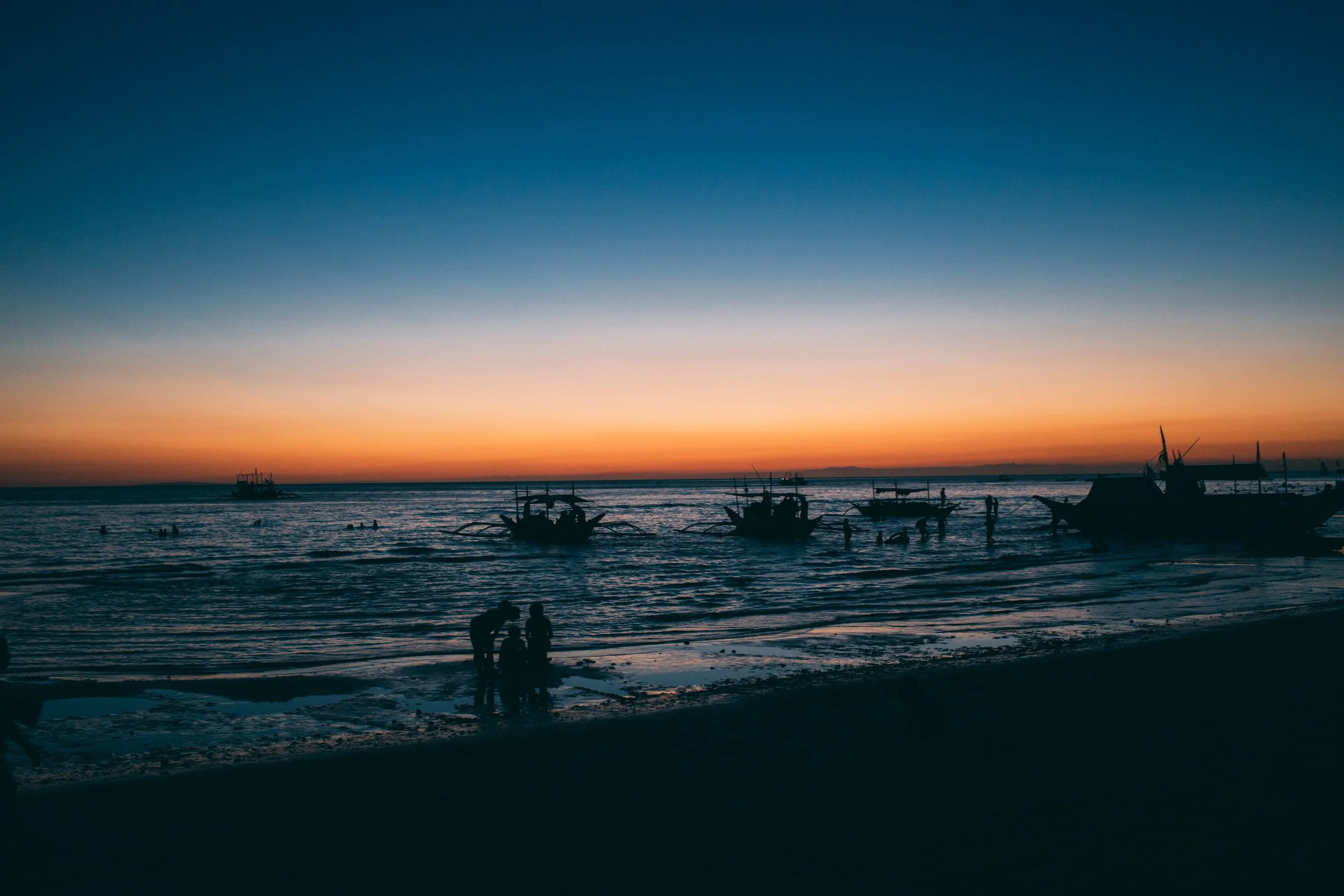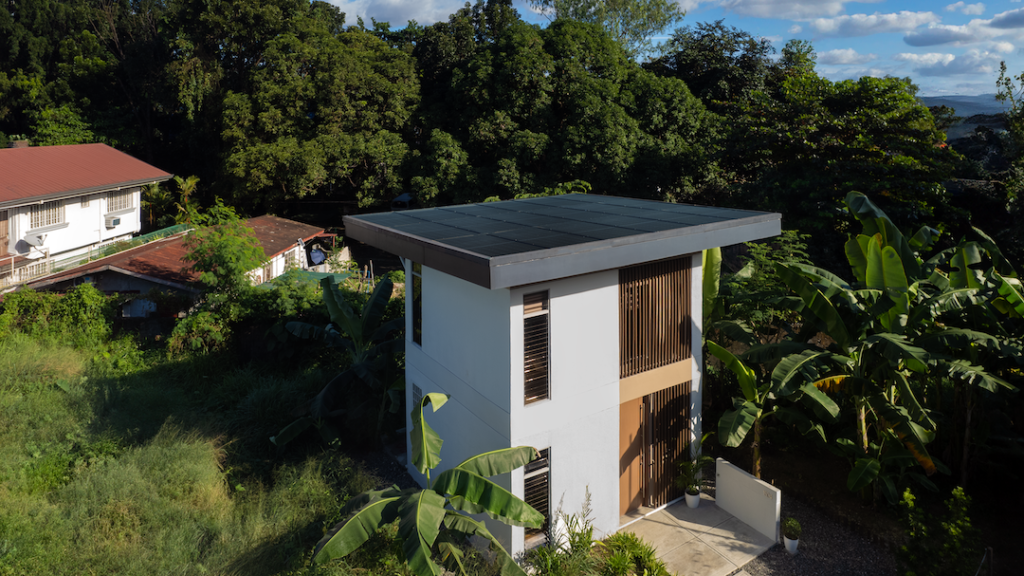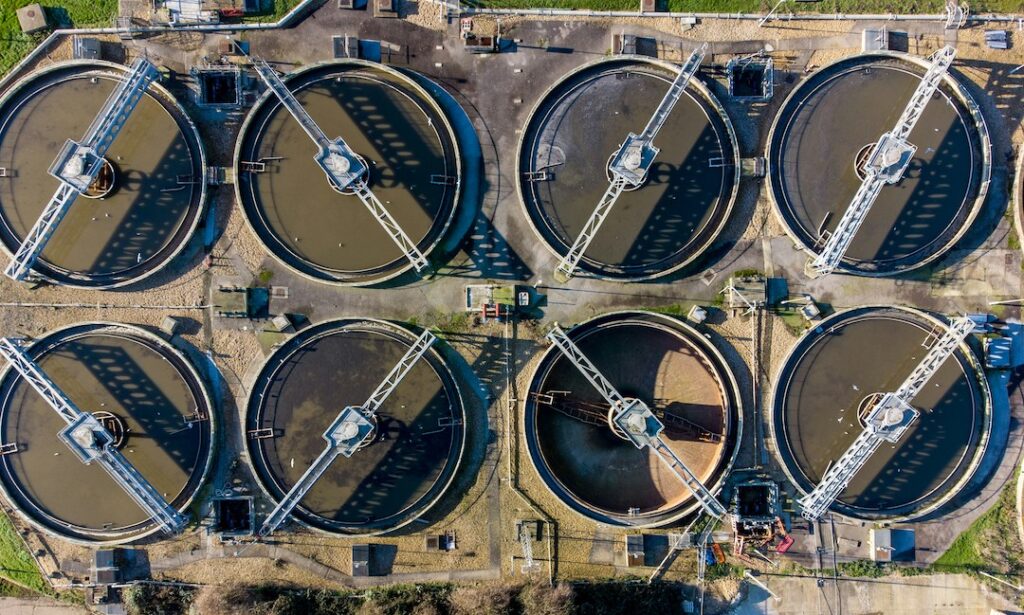The impact of climate change on coastal communities in the Philippines is devastating, causing coastal erosion, infrastructure vulnerability, and loss of livelihoods, posing significant challenges for these vulnerable communities.
PHOTO: charlesdeluvio on Unsplash
What exactly is climate change? Basically, climate change refers to the long-term alteration in Earth’s climatic patterns, resulting from various natural and human-induced factors. It is characterized by significant shifts in temperature, precipitation, wind patterns, and other climatic variables.
When it comes to the impact of climate change, one of the profoundly affected places is the coastal communities in the Philippines. Situated in the western Pacific Ocean, the country is highly vulnerable to the consequences of a changing climate.
Rising Sea Levels and Coastal Erosion
One of the major issues faced by the Philippines due to climate change is the rising sea levels and coastal erosion. Why is it happening and what are the effects of such on the coastal communities in the country?
The rising sea level is mainly caused by global warming caused by human activities. All those greenhouse gases we release into the atmosphere trap heat and warm up the Earth. As a result, ice sheets in places like Greenland and Antarctica melt. All this melting ice adds water to the oceans, making them rise.
To make matters worse, the country sits in the typhoon belt, experiencing powerful storms that intensify coastal erosion. These powerful storms hit the Philippines regularly, making coastal erosion even worse.
So, what does all of this mean for the people living in these coastal communities? As the sea levels rise, areas along the coast get flooded. People are being displaced, losing their homes, and their lives are turned upside down. Roads, airports, and houses built near the coast are also at risk of being washed away.
Moreover, coastal ecosystems like mangroves and coral reefs, which act as natural barriers against storms, are being damaged or destroyed. It’s a chain reaction that affects everything and everyone.
The Philippines is taking action to tackle this issue. The country is building protective structures like seawalls and dikes to shield against storm surges and erosion. They’re also looking into sustainable coastal management practices, like restoring mangroves and creating marine protected areas.
Loss of Livelihoods and Economic Impact
Another devastating effect of climate change is the loss of livelihoods. It has a grave economic impact on the country. It affects Filipino and the coastal communities across the country.
Imagine being a fisherman struggling to catch fish as marine ecosystems deteriorate. This is one of the challenges faced by many in the Philippines. And it’s not just individuals—it’s the entire economy that takes a hit. The agriculture sector, the backbone of the country, suffers from reduced yields and food insecurity.
Tourism, another significant contributor to the economy, faces declining revenues as coastal areas are damaged by rising sea levels and more intense storms. The consequences ripple through society, leading to unemployment, and poverty.
While it’s a tough situation, the Philippines is taking steps to adapt and build resilience. The country is implementing climate-smart practices, investing in renewable energy, and strengthening infrastructure.
Infrastructure Vulnerability and Damage
Coastal infrastructure, including roads, bridges, ports, and buildings, faces heightened vulnerability in the face of climate change. Rising sea levels and more frequent and intense storms contribute to coastal erosion, leading to the destabilization of the land on which infrastructure is built.
As a result, roads and bridges become prone to collapse, disrupting transportation networks and isolating communities. Essential services such as hospitals, schools, and government facilities are also at risk, jeopardizing access to education, healthcare, and public services.
Additionally, as storm surges become more severe, coastal infrastructure is exposed to increased flooding and damage. Coastal cities and towns experience inundation, leading to waterlogged buildings, electrical outages, and potential structural failures.
But the Philippines is not sitting idle. The Philippine government is taking action to adapt to these challenges and build resilience. One strategy is the construction of protective coastal structures like seawalls and breakwaters. Another crucial aspect is incorporating climate resilience in the design.
It’s not just about concrete and steel. The Philippines is also embracing nature-based solutions. Mangrove restoration and ecosystem-based adaptation are gaining traction. Mangroves act as natural buffers, reducing the impact of waves and protecting the coastline.
How Can We Help Mitigate Climate Change in Simple Ways
Because the impact of climate change gravely affects many coastal communities like the Philippines, in our own simple way we should try to help mitigate it. It doesn’t have to be complicated. Simple actions can make a significant impact like reducing energy consumption by using energy-efficient appliances and turning off unused electronics. Choosing renewable energy sources whenever possible is also another way as well as conserving water.
At BillionBricks, we advocate climate change mitigation through our sustainability efforts of building net-zero homes and communities.
If you want to learn more about BillionBricks and our net zero homes, visit https://calendly.com/d/y5t-wh7-hdd/call-with-billionbricks
Sources
-
The World Bank. (2013). Getting a Grip on Climate Change in the Philippines. Retrieved from https://www.worldbank.org/en/country/philippines/publication/getting-a-grip-on-climate-change-in-the-philippines
-
Manila Observatory. (2005). Climate Change Impacts and Adaptation on Philippine Coasts. Retrieved https://www.observatory.ph/publications/climate-change-impacts-and-adaptation-on-philippine-coasts-2/
-
Prevention Web. (2023). Climate risks threaten major industries & marine ecosystems in Philippines coastal city. Retrieved from https://www.preventionweb.net/news/climate-risks-threaten-major-industries-marine-ecosystems-philippines-coastal-city
-
Science Open. (2023). Climate change awareness and risk perceptions in the coastal marine ecosystem of Palawan, Philippines. Retrieved from https://ucl.scienceopen.com/hosted-document?doi=10.14324/111.444/ucloe.000054
-
Pia Lee-Brago. (2023). Rising sea level threatens stability of boundaries, Philippines warns. Retrieved from https://www.philstar.com/headlines/2023/02/20/2246224/rising-sea-level-threatens-stability-boundaries-philippines-warns
-
David Suh and Robert Pomeroy. (2020). Projected Economic Impact of Climate Change on Marine Capture Fisheries in the Philippines. Retrieved from https://www.frontiersin.org/articles/10.3389/fmars.2020.00232/full
-
United Nations. (n.d.). What Is Climate Change? Retrieved from https://www.un.org/en/climatechange/what-is-climate-change





